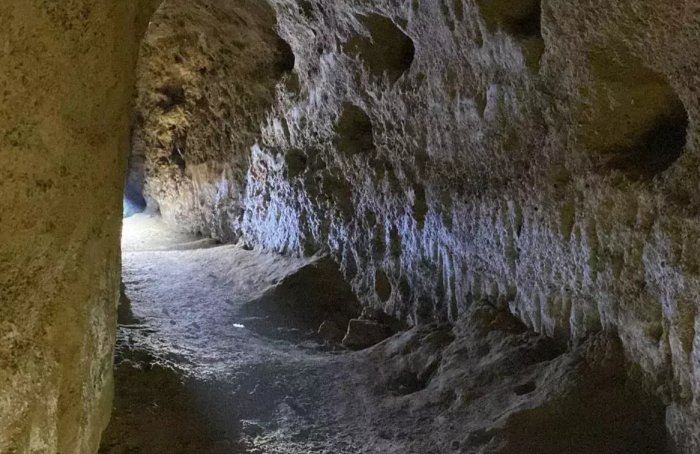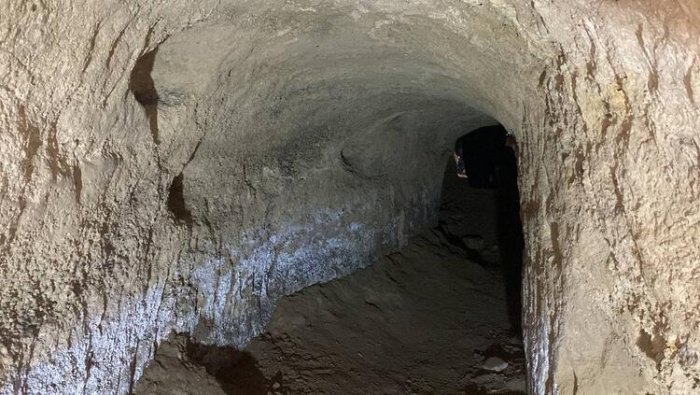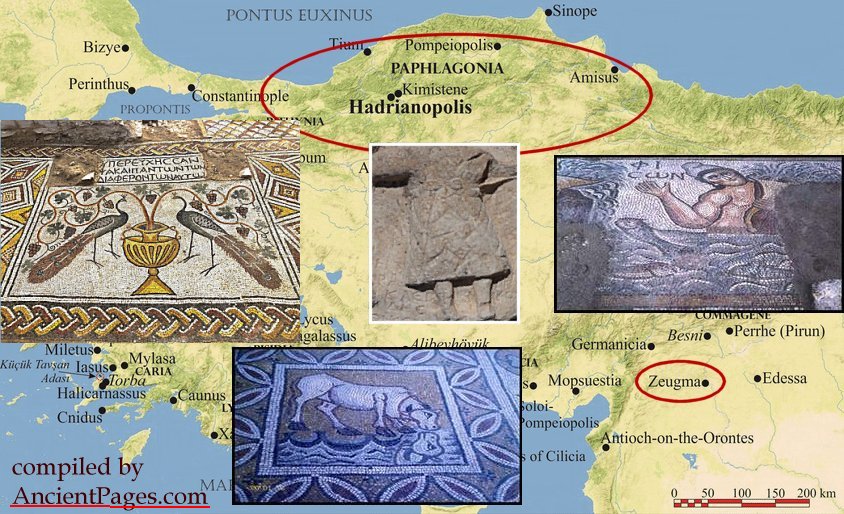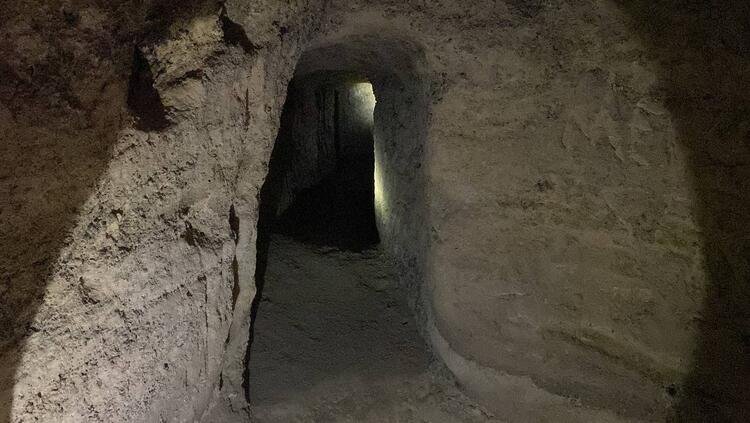Conny Waters – AncientPages.com – This year, excavations carried out in the ancient city of Hadrianapolis revealed remains of galleries and halls with traces of life dated to Byzantine and Roman times.

Image credit: Karabük – Anadolu Agency
The discovery was made in the 5,500-year-old underground rock settlement.
The city of Hadrianopolis – located in the Eskipazar district of the Black Sea province of Karabuk, in northern Turkey – was once an important site of pilgrimage for early Christians until it lost its importance in the 8th century AD. The city was very popular and often visited as the birthplace of Saint Alypius the Stylite, a seventh-century ascetic saint who was worshiped as a monastic founder, and a protector of children.
Hadrianapolis – suddenly abandoned completely at some point in the seventh century AD – was inhabited in the late Hellenistic, Roman, and early Byzantine periods. So far, excavations in the city uncovered a total of 14 public buildings and other structures.

“…the settlement is a cultural ᴀsset like Cappadocia, Prof. Çelikbas said. Image credit: DHA
“Lighting niches were made on both sides of the galleries. We can say that this place was illuminated with candles. We also found several animal reliefs in these galleries, ” said ᴀssoc. Prof. Dr. Ersin Çelikbaş, Lecturer at Karabük University, Faculty of Arts and Sciences, Department of Archaeology, and the head of the excavation, as cited by the Hurriyet Daily News.
Prof. Çelikbaş participated in the excavations at the site of Hadrianopolis in 2022 and discovered some valuable historical structures.

One of the artifacts was an ancient slab of limestone, probably engraved about 1,800 years ago, was unearthed at the ancient city of Hadrianopolis.
This year excavations started with the discovery of the underground rock settlement dating back 5,500 years. The team unearthed ancient galleries with traces dated to Byzantine and Roman periods of life, after the earth fills were removed in the rock settlement.
“We started excavations this year in this rock settlement, which we discovered in 2022. Works still continue and we reached a hall with a vaulted gallery,” said Çelikbaş. Here, we saw that the interior was densely filled with soil. The work started with removing this soil inside. Then new galleries leading to different spots emerged from the first hall. As we followed these galleries, we reached the second hall. In the second hall, we saw galleries going in different directions at three points. We also saw that one of these galleries reached a large hall.
See also:
1,800-Year-Old Slab Engraved With Inscription Unearthed In Ruins Of Ancient City Of Hadrianapolis
As we continued to remove the earthfill inside this hall, we identified new galleries leading to different points,” he added.

Image credit: DHA
Stating that the underground rock settlement was used 5,500 years ago and that the settlement is a cultural ᴀsset like Cappadocia, Çelikbas said that they were excited to find such an ᴀsset within the borders of Karabük.
“It showed us that the settlement was used during the Chalcolithic period, especially during the Roman period, and until the Byzantine period. Next year, we will continue digging the galleries here again. One of the things we will pay attention to in the galleries, which provide entrance to this underground rock settlement, is that lighting niches were built inside the galleries on both sides. We can say that this place was illuminated with candles.
See also: More Archaeology News
The researcher also said that another finding in the discovered galleries were animal reliefs. Therefore, we can say that people continued their lives here.
Does this place have a religious connection? We have not yet fully determined this, but we are currently continuing our studies on this issue. Of course, we think that further excavations will provide us with more data on this subject,” Çelikbas said.
Written by Conny Waters – AncientPages.com Staff Writer





